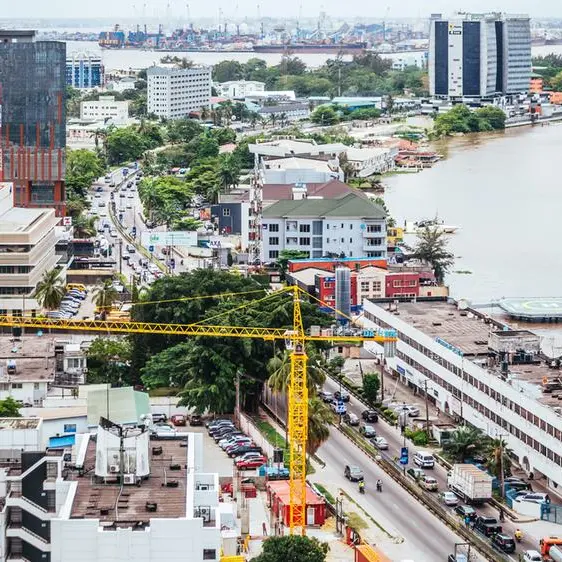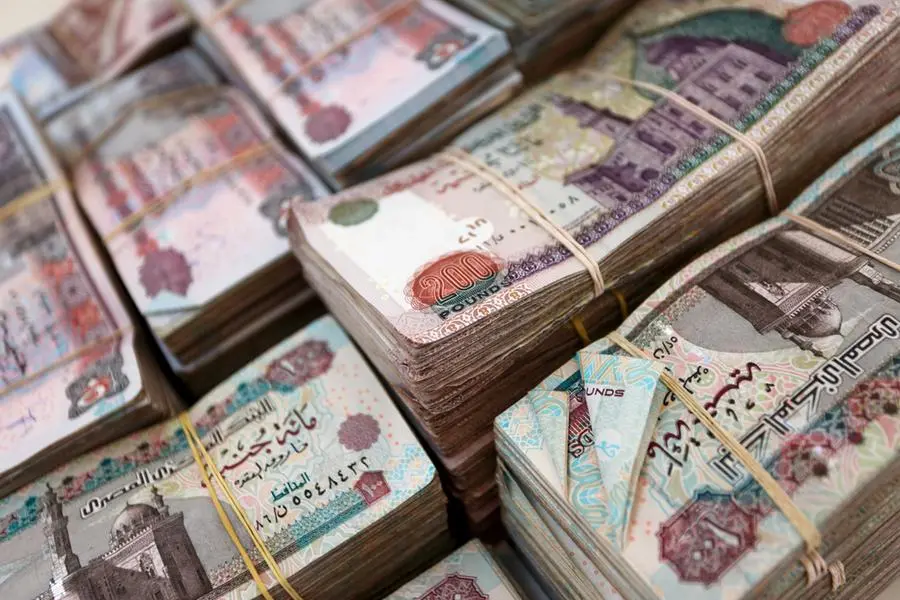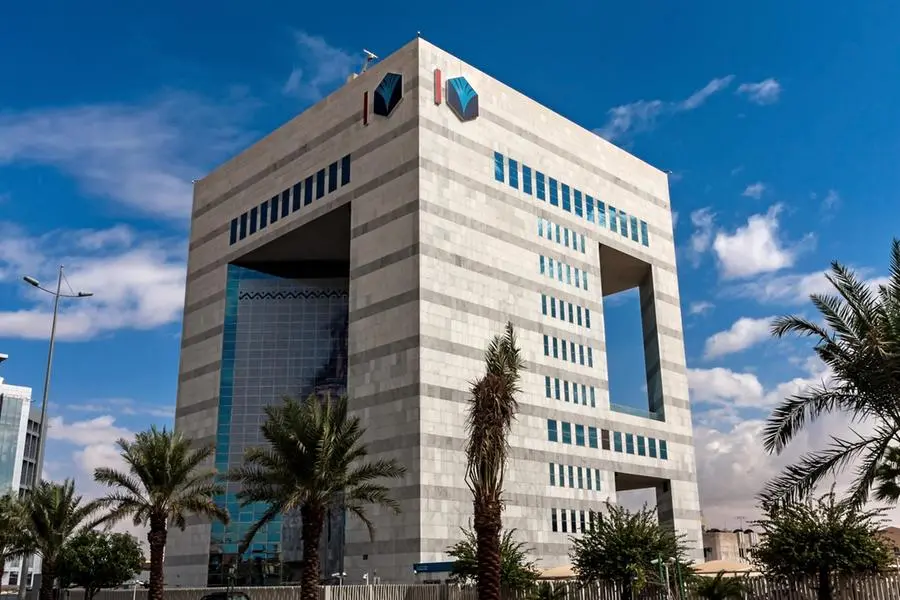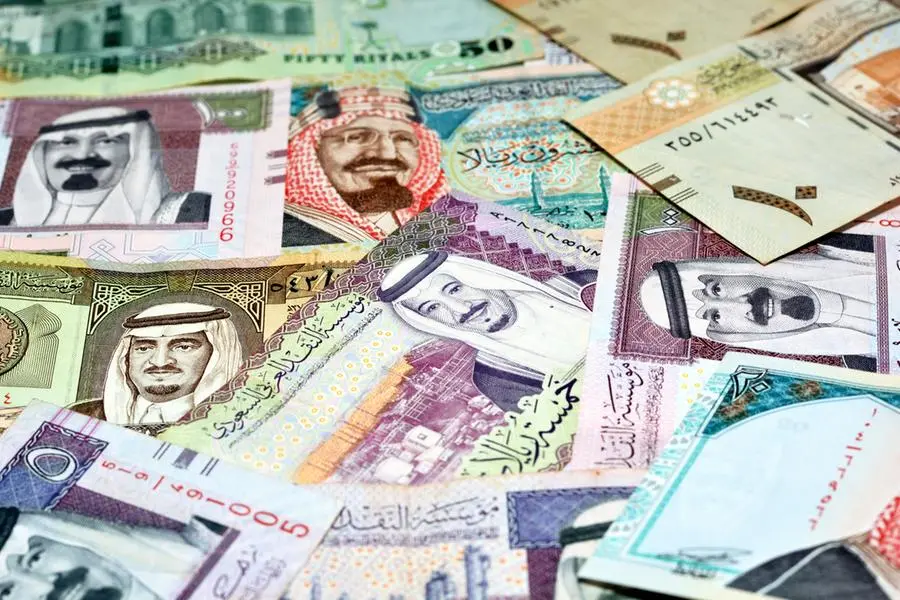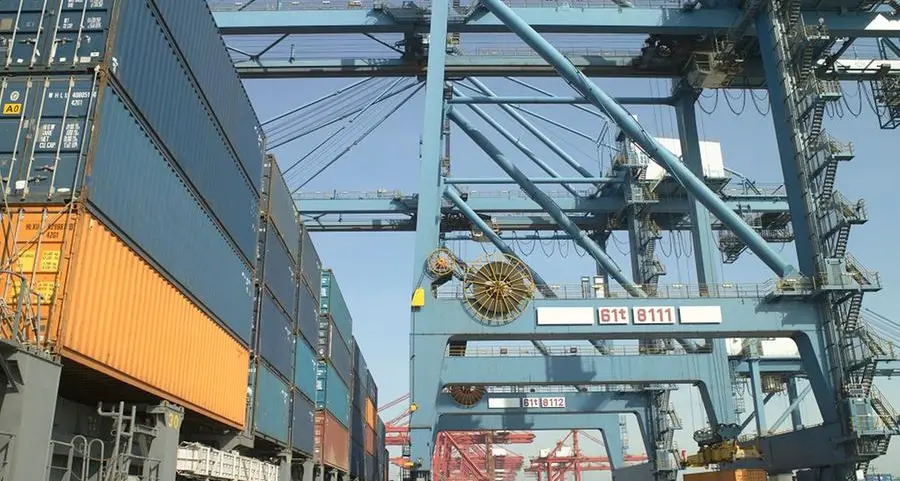PHOTO
Image used for illustrative purpose. Getty Images
S&P Global Ratings sees three main sources of risk that will affect the performance of GCC banks in 2023, even as they will finish the current year on a high note, thanks to stronger economic activity, higher interest rates, and elevated oil prices.
However, despite the risks, the ratings agency's outlook for banks in the next tear is "firmly positive.
Global slowdown: Next year, the expected slowdown of the global economy could affect the region primarily through commodity prices. Under S&P's base-case scenario assumption of Brent oil price at an average $85 per barrel in 2023 and $55 in 2024 and beyond, there will be lower growth for the GCC economies and fewer opportunities for their banking systems.
Banks' exposure to riskier countries: A few GCC banks have ventured into countries with higher credit risk, particularly Turkiye and Egypt. Given the significant challenges these two countries face, there could be some impact on GCC banks. In Turkiye, for example, the lira's depreciation has resulted in significant unrealized losses for exposed GCC banks.
Liquidity constraints will fund growth: Potential liquidity are likely to emerge as constraints to fund growth as local and global liquidity becomes less abundant. In Qatar, for example, the proportion of external funding is declining due to lower and more expensive liquidity globally, the report said. In Saudi Arabia, the channeling of oil receipts to the Public Investment Fund rather than to the banking sector, alongside strong lending growth, resulted in some temporary liquidity constraints in first-half 2022.
"We expect periodic episodes of liquidity pressure counterbalanced by central bank actions or the deployment of deposits by government-related entities," said S&P.
(Writing by Brinda Darasha; editing by Seban Scaria)





